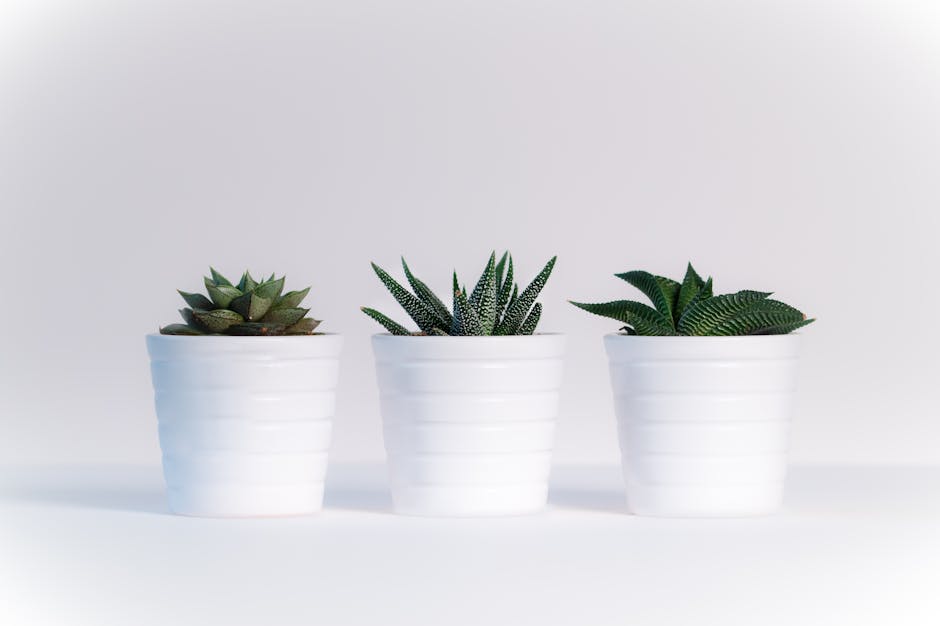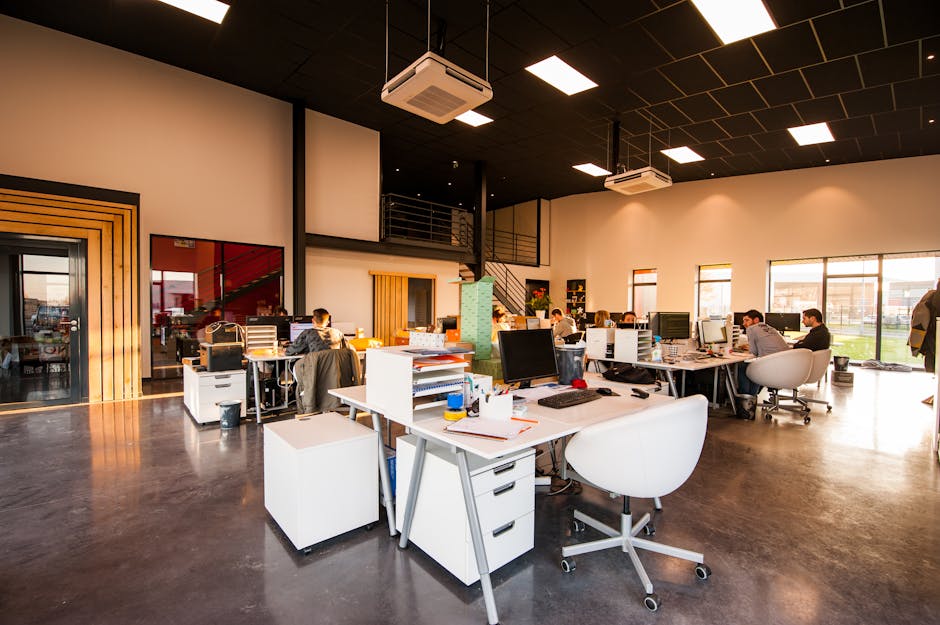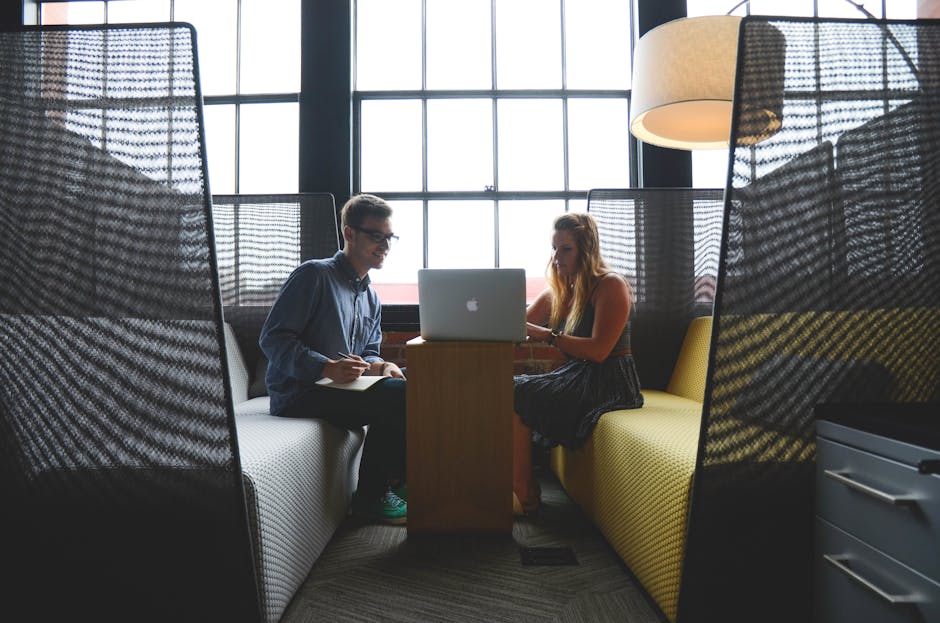%20copy%205.png?width=1574&height=714&name=Interview%20Blog%20Header%20(5)%20copy%205.png)
12 Ways to Improve Your Startup's Office Design & Decor

Budgets can be tight for startups. Capital is usually devoted to innovation and carving out a footing in the marketplace. This allocation of resources is only natural given a crowded and competitive environment but can be detrimental in creating a productive, welcoming culture and physical space.
TenantBase understands the challenges facing many startups and has a few ideas to improve your office’s design and decor without breaking the budget. While devoting maximum effort and attention to improving your company’s products or services is important, it shouldn’t come at the expense of a healthy and satisfying work environment. Follow these 12 simple tips and you won’t have to choose between growth and appealing office space.

1. Lighting for Both Form and Function
Lighting is an important part of any office space and can go far beyond simple function. Window dressings to filter natural light along with artistic light fixtures on the walls can add ambiance to the space as it illuminates the office. Think of lighting as equal parts necessity and aesthetic.
2. Branded Murals
Blank walls give an office an impersonal feel and cliched inspirational prints can look dated. A custom mural can be a cost-effective solution that adds a personalized touch to the atmosphere. A local artist or talented employee can design and paint a mural according to your specification to meet budget restraints.
3. Mix Old and New
Lighting fixtures, wall decor, and even unique furnishings can bring a specific feel to an office with a little patina. Finding a mix of old and new in your space can blend a lived-in familiarity with a contemporary look that represents the best of all worlds. The ultimate result is a style that is well balanced and on trend.
4. Color Breathes Life Into Any Space
People respond to colors as stimuli. Red, orange, and yellow breed a sense of familiarity while blue and green can stimulate creativity. A simple coat of paint is easy on the budget and can yield a significant impact. Use the same concept when choosing a palette for furniture and flooring to invoke the most appropriate senses relative to a particular area’s intended use.

5. Accent Walls Prevent Monotony
Accent walls utilize color in a very specific way. Rather than infusing an entire room with a particular feel, an accent wall is used to disperse monotony. If your budget can’t be stretched to add a custom mural or unique light fixtures, an accent wall can be effective in adding needed variance to a space that would otherwise be dull and tedious.

6. Plants Add Comfort
A few well-placed plants within your office space are a great investment that stretches your design budget farther than nearly any other feature. Use plants to frame particular areas of the office and add a dramatic flair to a large window or other design feature. Plants also provide a sense of comfort to an office by introducing natural elements to a space.
7. Area Rugs Personalize Flooring
Custom tile or wood flooring might be preferred but most startups lack the budget to invest in costly upgrades. Area rugs can accomplish the same effect by adding personality to what otherwise might be drab and generic flooring. Choose rugs that match the desired tone and feel for each space to customize different areas within the office.

8. Open Up the Space
Collaborative and open workspaces breed innovative thought. They allow workers to feel both a physical and mental sense of freedom that can be especially important for startups that rely on boundary-pushing ideas. Use open designs in designated areas of your office to foster that innovative thought and balance a social atmosphere with one that is still comfortable and inviting.

9. Designate Lounge Areas
Designated areas meant strictly for relaxation work in conjunction with collaborative space to allow employees to decompress and take their mind off of their projects for a time. A well-rested employee is better equipped to focus on work and productivity throughout the day.

10. Your Furniture Should Adapt to Your Space
The modern startup needs office space that can mold itself around many different functions. Your furniture should share that adaptability and easily switch between a team project, company meeting, or other common uses within the office. Adaptable furniture is easy on the budget and prevents you from investing in furniture that can only be used for a single purpose rather than many of them.
11. Let Your Design Reflect Your Sensibilities
Accurately reflecting your brand is important for your customer base as well as your office environment. Use design elements in the office that invoke the tone and feel you want to convey, including everything from color palette to materials used in furniture and window dressings. Your office space is your company’s home and should be designed as such.
12. Don’t Be Afraid to Experiment
Nothing ventured, nothing gained. There is no textbook in the correct way to design your office space so don’t be afraid of some experimentation as you go. Test different combinations of color, lighting, and decor as you search for the ideal mix. Ask for input from your employees along the way and remember that innovative design elements might be more conducive to innovative thought.



%20copy%204.png?width=1574&height=714&name=Interview%20Blog%20Header%20(5)%20copy%204.png)